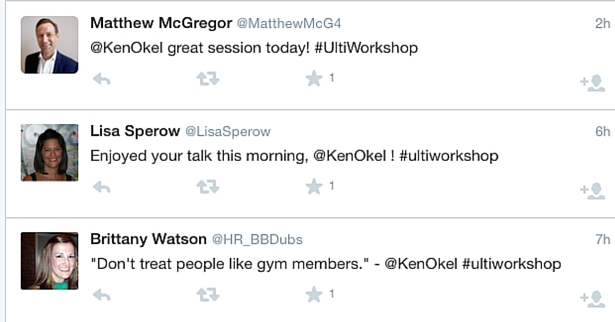 The next time you do a load of laundry, I want you to think about the danger of the quick fix. Many businesses are undermined by little issues that either are not addressed or are given a quick fix that does not result in a positive solution. Either way, the problem is allowed to stick around.
The next time you do a load of laundry, I want you to think about the danger of the quick fix. Many businesses are undermined by little issues that either are not addressed or are given a quick fix that does not result in a positive solution. Either way, the problem is allowed to stick around.
Keep in mind that one little problem can affect everything and it can do so through some unexpected ways.
To illustrate this point, let’s go into your laundry room. Imagine you’re moving your clothes from the washer to the dryer. You then start the dryer and let it run.
Shortly before the end of the drying cycle, you notice that there’s a wet sock on the floor. You realize you must have dropped it while transferring the other clothes.
You hold the sock in your hands, considering the fastest solution. This may be accompanied by some panic. You didn’t anticipate this problem and want to fix it quickly.
You decide to throw the sock in with the rest of the clothes in the dryer. It seems like an action that makes sense. You imagine the warm, nearly dry clothes will quickly dry out the sock.
The opposite happens. While the sock will eventually dry, first it will make all of the other clothes more wet. One wet sock, added late in the game, lengthens the entire drying cycle. This costs you time and money.
Problems in your workplace are like wet socks. Trying to solve them quickly often involves good intentions but poor outcomes.
Taking a little extra time to consider the best outcome is a smart investment. Mistakes, like dropping a sock on the floor, happen and it’s okay to consider all of your options. It’s similar to the carpenter manifesto that sees you “measure twice and cut once.”
It will be hard to resist the temptation for a quick fix. But by investing a few minutes in considering the consequences of your action, you’ll ultimately save time and money.







